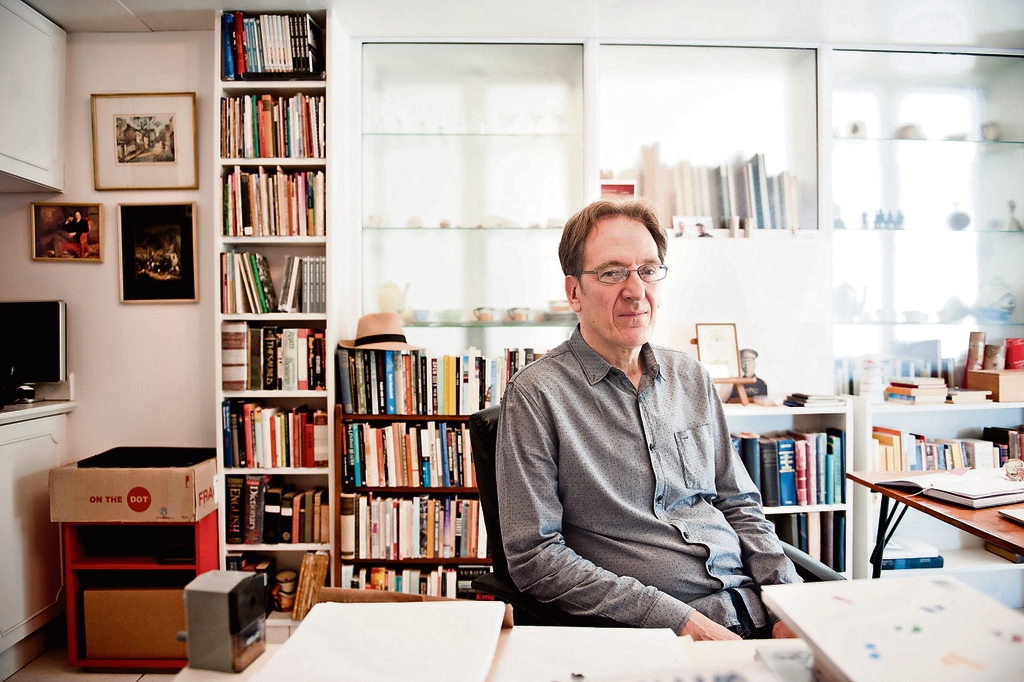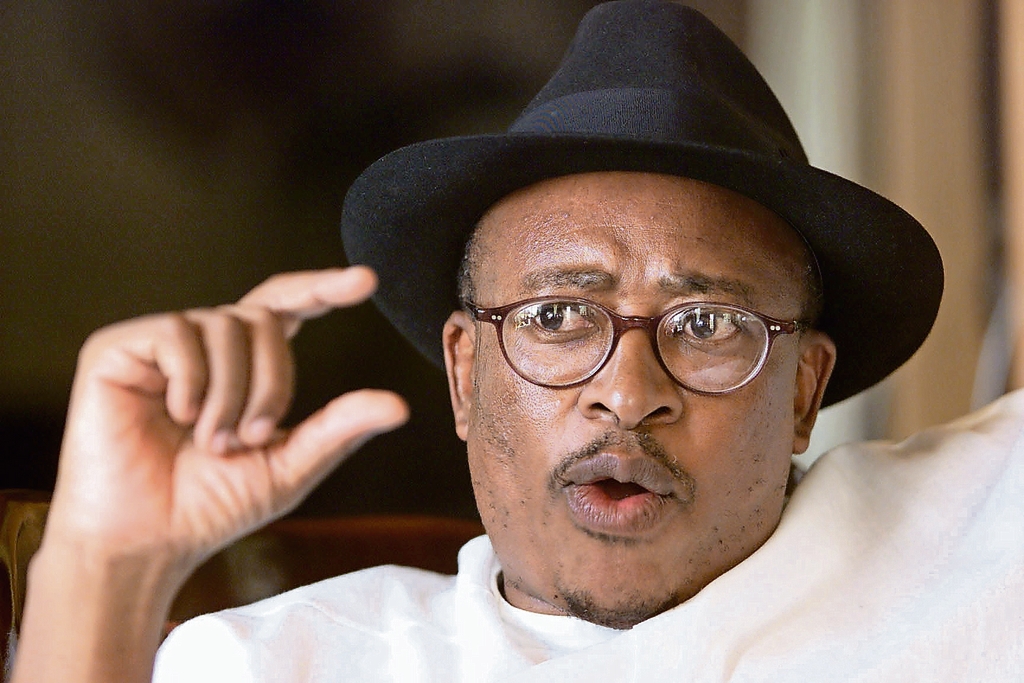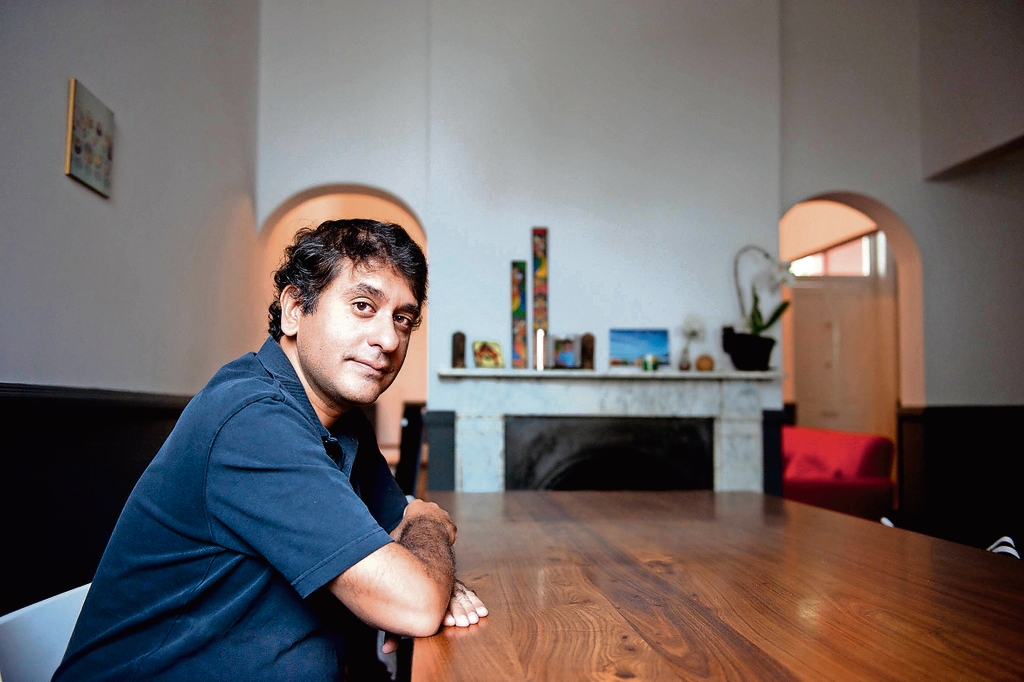Forensic fiction: Leading crime writer Deon Meyer examines the seamier side of life in SA after apartheid.
What are the most interesting trends in South African writing over the past 21 years? In 2013, when I started researching the book on this subject that I am now completing, Losing the Plot: Fiction and Reality in Postapartheid Writing, I had a few hunches. One of them was that the acceleration of genre writing, crime fiction especially, was part of a bigger condition, and that if this greater coalescence could be understood, we might know a lot more about ourselves.
My sense was that there was a marked contrast in the setting up of stories in post-apartheid time and space, tending either towards a playing up of plot (genre on the one hand, and incident-heavy nonfiction on the other), or a downplaying of it, a kind of under-plotting that was most evident in literary fiction.
My guess was that both these trends were related to a deeper sense of plot loss writ large: most obviously, the loss of what had been celebrated so widely as the rainbow nation, or the miraculous Mandela revolution, or even just a half-decent, nonpartisan democracy administered by accountable civil servants.
If there is one common theme running through all the post-transition literature, whether genre, belletristic fiction, nonfiction, or new media blends, it is that the plot has been thoroughly lost. Political commentary from all quarters, except Luthuli House, concurs on this point.
In response, some writers took the position that the post-apartheid experiment was so evidently wayward that it should be allowed to plot itself, with the writer acting as a kind of camera obscura, a screen for the imprints of the outside world (for example, the eye of Milla in Marlene van Niekerk’s Agaat, or the various lensmen in Ivan Vladisavic’s Double Negative).
Other writers, as suggested above, sought to capture the perverse details of plot loss in isomorphically parallel genre structures in which criminality and its detection became an all-consuming preoccupation, not only in genre fiction, but also in “true crime” stories, one of the most energised among current forms of writing.
The “criminalisation” of the state
I began with crime fiction, taking as my examples the work of Deon Meyer, Mike Nicol and Roger Smith, and keeping the (many) others in mind, too. Something interesting was going on here, I believed, and it amounted to more than a futile argument about literary merit, that is, whether genre writing was “as good as” literary writing. Using Deon Meyer’s Heart of the Hunter as a key example, my study finds that this and other works of crime fiction engage in acts of exhaustive social detection. In crime writing, the reconstituted public sphere after apartheid is examined and held up to the light, showing various degrees of disease.
Such works of detection, I suggest, point to a perverse transformation in which the post-colony (not only in South Africa) is awash with criminality despite a heightened preoccupation with what Jean and John Comaroff call “law and (dis)order”. In particular, the “criminalisation” of the state is hardly peculiar to South Africa but a common feature of African and other post-colonial polities, of which post-apartheid is a typical example.
 Ivan Vladisavic (Madelene Cronje, M&G)
Ivan Vladisavic (Madelene Cronje, M&G)
The new wave of crime fiction in the post-apartheid era, my book argues, especially after 2000, operates on the hunch that a freshly perverse form of officially legitimated but “bad” cultural difference has become an alibi for civil mismanagement, perhaps even for what Achille Mbembe, writing in the Mail & Guardian, has called the “instrumentalisation of disorder”.
“Bad” difference, I argue, is perceived by crime writers as a new “axis of evil” around which social detection persistently finds itself orbiting. And so the forensic work of fiction, as generically spun into detective stories by a new generation of writers, has become a matter of exposing such “bad” difference and its legitimating rationalisations, its postures and alibis, marking it out as “off” (as in “good” meat that has “gone off”), and identifying it as the shadow side of virtuous or acceptable versions of “good” cultural difference.
If the “transition” itself is difficult to “see”, and hard to believe, since so little appears to have changed on the ground, in hard economic terms, especially for the poor, then such detection and exposure is – almost naturally – the work of the writer.
Not free from the past
Having looked at crime fiction as a space in which social detection – or a forensic examination of the sickly post-apartheid body politic – is made possible in speculative form, it became clear that my study would be lacking if it ignored factual accounts of what is called “crime” (shorthand for the ambiguous boundaries of right and wrong), especially in the mode of literary nonfiction.
Here the work of Jonny Steinberg, one of the country’s keenest analysts, loomed very large. I devoted a chapter to journeys of (nonfictional) exploration, travels into the hard-to-read “interior” of the “new” country (nominally, its exterior), and also to the psychic inside, in which a “future anterior” dislocation of temporality can be detected. Here is a world wrapped in anxiety about never (quite) having begun properly, always having to start anew, and always on a frontier of unknowing, as one sees in Steinberg’s Midlands and Kevin Bloom’s Ways of Staying.
In this reading, post-apartheid writing is less “free from the past”, as critics are often wont to say, than trading in an anxiety about not properly getting off the ground, so to speak. White post-transitional writing in particular can be seen to be inescapably bound to the idea of the time of before, so much so that it compulsively iterates certain immemorial literary tropes such as the frontier and the journey of discovery.
Further, my study suggests that much post-apartheid literature written in detection mode is distinguished by disjunctive continuity rather than the more widely assumed discontinuity with pre-transition literature, yet exhibits features of authorial voice and affect that place it within a distinctly post-apartheid zone of author-reader interlocution.
These features of voice are especially evident in Steinberg’s “evidentiary paradigm”, his stringently analytic, probing, sceptical, unpeeling narrative enquiries that are yet also affectively charged and extraordinarily empathetic. Other writers considered in this vein include Bloom, Antony Altbeker and Mark Gevisser.
A change in our literary practices
In a subsequent chapter, my study takes into account the fact that the digital emporium of the new media has become a newly dominant site of both reading and writing, necessarily changing our literary practices. This, combined with a widely perceived rebalancing of the literary mix towards nonfiction, underlies a sea-change in South African literary culture.
Such glacial shifts in modes of writing and forms of address, and in audience, medium and reach, are transforming the space of writing from the old-fashioned book to a zone that is modelled to a lesser or greater extent on the continuous, looping “content” (a blend of fact and commentary) found in the protocols of new media.
It is as if “writing”, including the increasingly dominant category scholars call creative (or literary) nonfiction, cannot but align itself with the energy, form and flow of the new media and the information age, of which it is inescapably an integral part.
This means, also, that nonfiction has become as dominant a form of writing in South Africa as literary fiction (Alan Paton, Es’kia Mphahlele, Nadine Gordimer, JM Coetzee, Zakes Mda) once was. Of course, this major trend grows out of the Truth and Reconciliation Commission and works of witnessing and reconstituted history such as those by Antjie Krog and, more recently, Gabeba Baderoon.
 Zakes Mda (Gallo Images/Sunday Times/Raymond Preston)
Zakes Mda (Gallo Images/Sunday Times/Raymond Preston)
The rise of “surface” and “affect” in contemporary culture ties in with these developments: there is so much out there that needs noting, relayed via the surface-heavy sensorium of social media and its affective charge, both because one feels one must “keep up” as a reader (that is, a media consumer) and because South Africans, especially but not exclusively, live within what Steinberg calls a “phenomenology of crime”, that reading and writing have become implicated in tracking what is perceived to be a dangerous and empirically unknowable world. The emphasis is increasingly on the real and the actual because it threatens to wound us.
So, the catharsis of affect once found in aesthetic performativity (a play by Athol Fugard or John Kani or both) is now more often found in the daily micro-doses of outrage, or sentiment, consequent upon media witnessing of distressingly actual spectacles of plot loss at large, looping “tales” intermediated on social media by fellow cyborgs (such as Max du Preez or Raymond Suttner, for example, or a friend of a friend), all of it involving purportedly real events, and much of it highlighting the outrages of public mismanagement, or rape, or bad education or corruption.
Writing in post-apartheid
Such outrage-making instances of writing, in continuous micro-doses, are urgent and relevant because the perceived misdeed threatens the actual victim and the voyeuristic new media victim equally. Here is a form of referred pain, something experienced within what Mark Seltzer calls a “wound culture” embedded in a “pathological public sphere”.
These elements are all suggestive of a context for writing in post-apartheid in which “true crime” as a category assumes an especially prominent role. In this vein, my study examines Mzilikazi Wa Afrika’s Nothing left to Steal, Mark Gevisser’s Lost and Found in Johannesburg (a book that gets “held up” by crime quite literally, and reluctantly), and Greg Marinovich’s multimedia dispatches on Marikana for the Daily Maverick.
Finally, my study examines what fiction’s “retort” might be to this onrush of the real, on two counts:
• That reality-embedded modes of representation in nonfiction (with a high quotient of surface materiality and affect borrowed from new media) are better suited to convey the immediate content, and charge, of events in post-apartheid time and space as they unfold; and
• Modes of representation that stick to the facts and eschew “imaginative” or “fictive” manipulation are more appropriate for intermediating a specifically pathological public sphere, given the seriousness of the subject matter at hand.
Losing the Plot deals with these two challenges to fiction in two parts: in the first instance, on modes of representation, the engagement is found in Ivan Vladisavic’s 2010 novel, Double Negative.
I then turn to the fictions of K Sello Duiker, Phaswane Mpe and Imraan Coovadia for examples of how recent fiction has in fact “reported” on states of public pathology, as relayed through the perceptual registers of experiencing fictional subjects.
 Imraan Coovadia (David Harrison, M&G)
Imraan Coovadia (David Harrison, M&G)
The rise of fiction and creative nonfiction
In conclusion, writing in the current era is characterised by the rise of both genre fiction and creative nonfiction as prominent ways of responding to a widely perceived sickness in the body public, where the plot has been lost and there is a premium on discovering the “real”, or the actual world, rather than fabricating it.
There is too much fabrication, manipulation, and “BS” already. Fiction, in its turn, is fighting a rearguard action by deferring as much as possible to the imprint of this difficult-to-read world, underplaying rather than overplaying its ability to make it up, or make it new. There is too much out there, already, and the real issue is to find the right story, or get the story right.
Leon de Kock is emeritus professor of English at Stellenbosch University, and senior research associate at the University of Johannesburg